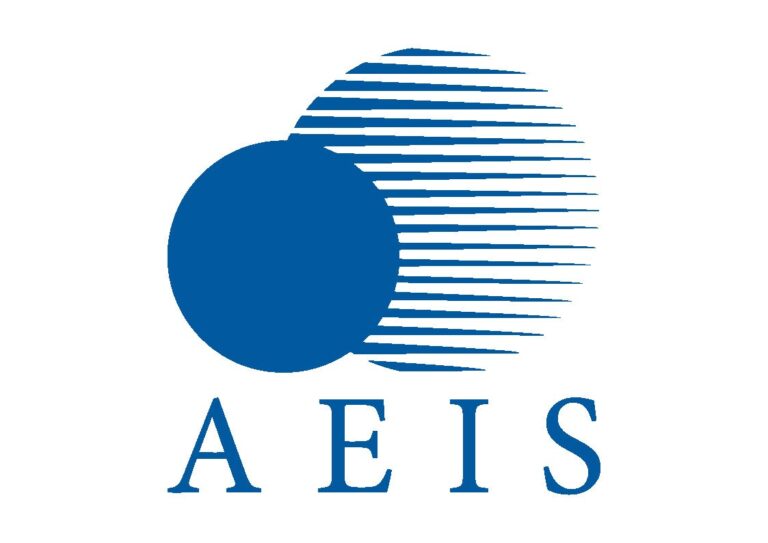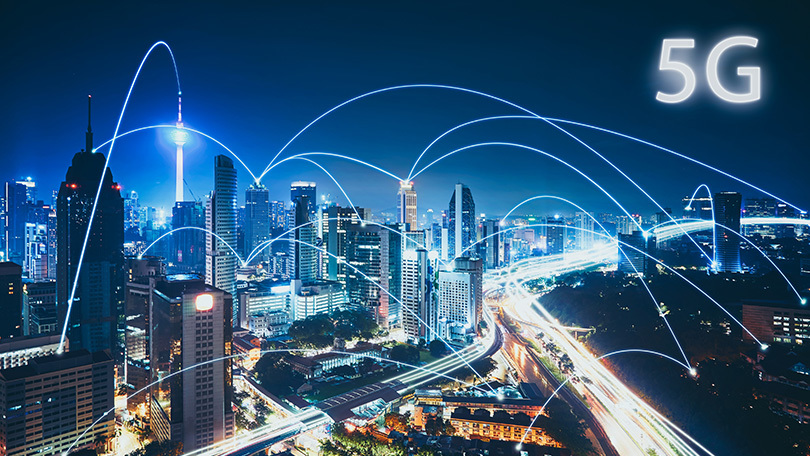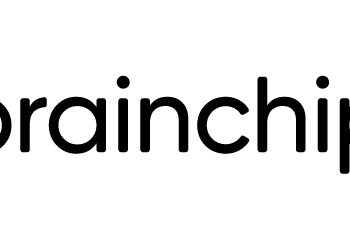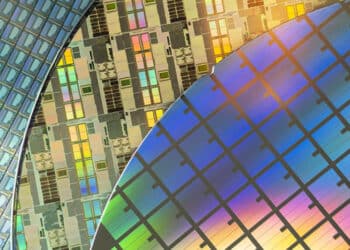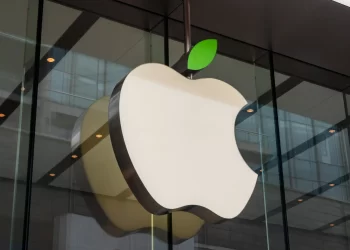LTE and 5G networks are witnessing an increasing demand the world over. ResearchAndMarkets.com predicts that the multi-vendor SON platform market will reach $8.3 billion by 2026. The research firm has added more details in its latest report titled: ‘5G Capacity and Coverage Optimization Market: Smart Antennas, Distributed Antenna Systems, Self-optimizing Networks, Small Cells and Carrier WiFi 2021-2026’.
Some of the other key findings of the report are:
- DAS market associated with 5G smart antennas will reach $6.51 billion by 2026
- Neutral hosts and private networks will be the fastest growing market opportunities
- Global small cell will reach $5.7 billion by 2026, driven by outdoor densification and indoor penetration solutions
- Global carrier WiFi will reach $4.2 billion by 2026 with Asia Pac leading followed by North America and Europe, driven in part by WiFi6 upgrades
- Increasing demand for enhanced mobile broadband capacity and coverage will continue to play a substantial role in carrier WiFi and small cell market’s growth
5G will bring about fundamental structural economic changes, such as significantly lower broadband pricing as a whole, and also much greater flexibility for enterprise, industrial, and government market segments in terms of how they connect public to private networks.
A Heterogeneous Network (HetNet) that is based on a combination of cellular small cells, macro cells and carrier Wi-Fi is expected to play a pivotal role in addressing the capacity needs for such a traffic surge in the mobile networks. HetNets are important drivers for the evolution of LTE and critical for 5G networks, which rely upon a greater number of shorter-range radio units for continuous communications.
Physics dictates that higher frequencies need more power and/or more coverage as an RF signal fades more than a lower frequency signal. This is why there will need to be at least an order of magnitude more antennas than required for LTE. Putting this into perspective, the United States will go from roughly 30,000 antennas to 300,000 or more nationally.
5G antennas will be found virtually everywhere in metropolitan areas, but it will not be enough. While dramatically increased coverage will surely support many early 5G applications, such as fixed wireless (ISP alternative, back-haul, and front haul), it will not be enough to support continuous 5G mobility coverage. This will be vitally important for certain applications such as self-driving cars and connected vehicle services.
In terms of deploying radio access network infrastructure, carriers seek to leverage cloud RAN topologies that include centralization of baseband processing units (BBU) that may serve multiple remote radio heads. This facilitates the control of BBU for many different sites on a remote basis. This type of 5G densification strategy optimizes resource utilization and provides various operational improvements such as the ability to upgrade BBUs for different sites without the need to dispatch personnel to each site.
Driven by the growing surge for mobile broadband, carriers worldwide are investing in WiFi and small cells as part of HetNet infrastructure to expand network capacity and coverage. Not only do WiFi and small cell deployments minimize network planning, redesign and real estate costs, they also allow carriers to avoid or minimize new frequency allocation costs. In many cases, small cells can utilize the same frequency spectrum that carriers have allocated for macro cell deployment, while WiFi access points leverage unlicensed spectrum.
The associated savings in both capital expenditures and operational expenses, combined with higher throughput rates, make WiFi and small cells a necessity for mobile network operators worldwide. We expect the carrier WiFi and small cells infrastructure market will grow at a brisk rate over the next ten years. However, the market still faces a number of serious challenges including but not limited to interference management, optimization and backhaul.
Smart antenna arrays use Multiple Input / Multiple Output (MIMO) at both the source (transmitter) and the destination (receiver) to improve signal quality. This is in contrast to non-array systems in which a single antenna (and signal path) is used at the source and the destination. The market for smart antennas is nothing new as they provide efficient coverage for 2G, 3G, and LTE. However, 5G smart antennas will be necessary to provide mobility support for many new and enhanced apps and services such as virtual reality, self-driving cars, connected vehicles, and voice over 5G.
Smart antennas will improve 5G coverage and optimize capacity by focusing RF signals where they are needed the most. In addition, smart antennas enhance 5G application and service mobility by facilitating a more continuous connection, which may become particularly useful at 5G coverage seams. Otherwise, a 5G enabled user experience may degrade as hand-over from 5G to LTE occurs.
5G cellular networks promise to improve many aspects of wireless communications, supporting enhanced mobile services, greater scalability for IoT systems, and ultra-reliable communications for mission-critical applications. A portion of these benefits will be based on the evolution of 4G LTE technologies as well as unique capabilities enabled by 5G New Radio (5GNR), based on the new infrastructure supporting millimeter wave (mmWave) RAN equipment.
DAS represents a network of spatially separated antenna nodes, connected to a common source via a transport medium that provides wireless service within a geographic area or structure. DAS leverages Multiple Input Multiple Output (MIMO) technology, which allows networks to take advantage of multiple signals as a means of optimizing wireless communications.
A DAS installation includes antennas, control boxes, and fiber optics connected to a hub. These Nodes include small antennas that unobtrusively blend into their environment. Often deployed at existing public infrastructure (such as utility poles, light posts, and traffic signals), DAS networks rely upon the ability to seamlessly blend into their environment, which may be outdoor or indoors.
Relevant to DAS, Multiple Input Multiple Output (MIMO) technology commercially started with 802.11n, which has gained strong acceptance in networks with the launch of WiMAX and LTE operations. DAS will also be a very important component of 5G networks along with smart antennas, which rely upon certain RF propagation techniques such as beam-forming.
A key driver for improving OSS for LTE and 5G systems, the Self Organizing Network (SON) has been introduced as part of the network framework. We see SON having a dramatically positive effect on network operations and OSS.
SON is largely a software-only solution today. In other words, SON is not a physical solution (such as Remote Electrical Tilt solutions). Mobile optimization comes in many forms ranging from RF to QoS for data management and applications. SON and related technologies/solutions fill a key role as it provides the ability to provide both static and near real-time information. It is important to note that smart antennas, DAS, and cloud RAN are all in the same family of optimizing operations, but not considered all part of SON.
It is also important to recognize that smart antennas, DAS, and cloud RAN are all in the same family of optimizing operations, and while related (in the network optimization family), are not considered part of SON in the strictest sense. Working hand-in-hand with SON to optimize wireless networks, smart antennas provide simultaneous and efficient coverage for 2G, 3G, and LTE. This translates into higher throughput and improved coverage for when and where customers need it. While this is helpful in terms of pre-5G optimization, it will arguably become critical for the support of 5G network optimization and support for true 5G mobility with a continuous connection within a given coverage area.


